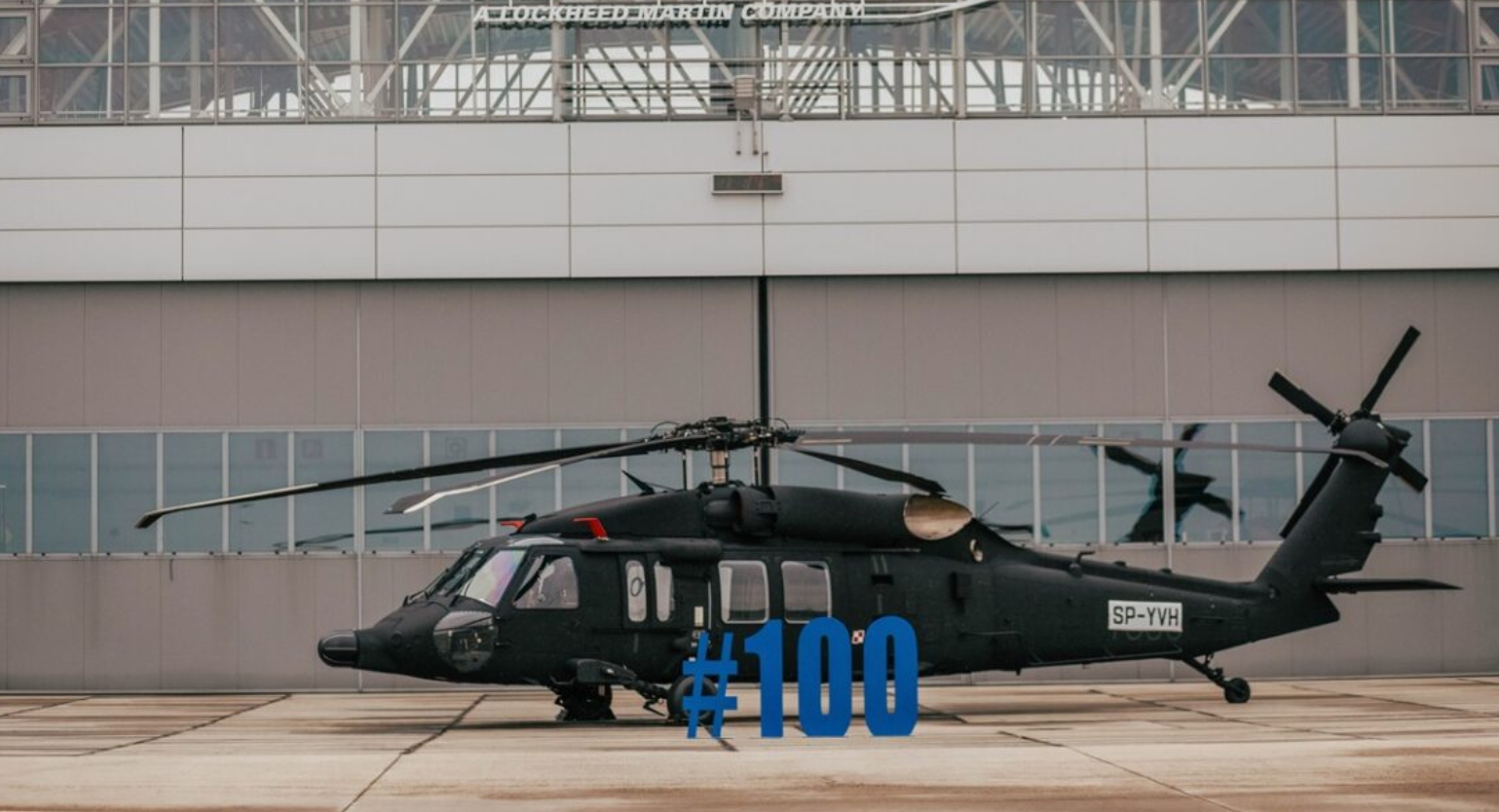High-Performance Multi-Role Rotorcraft Featuring Advanced Cabin Technologies and Integrated Sensor Equipments
The realm of rotorcraft modern technology has seen noteworthy innovations in current times, particularly in the realm of high-performance multi-role rotorcraft geared up with advanced cockpit innovations and perfectly integrated sensor systems. These technologies have not only augmented the functional capacities of rotorcraft yet have actually likewise dramatically influenced modern-day air travel operations on different fronts. From enhanced objective convenience to improved functional efficiency, the convergence of innovative cabin innovations and incorporated sensor systems has introduced a new era of possibilities for rotorcraft applications. In the adhering to conversation, we will explore the advancement of rotorcraft technology, look into the realm of sophisticated cabin developments, and examine the implications of integrated sensing unit systems on the functional convenience and effectiveness of modern rotorcraft.
Evolution of Rotorcraft Innovation
The evolution of rotorcraft modern technology has been marked by considerable advancements in the rules of aerodynamics, products, and propulsion systems, forming the capacities and performance of contemporary rotorcraft. Wind resistant improvements have improved the performance and maneuverability of rotorcraft, allowing for boosted rate, dexterity, and security during trip (sikorsky s 70). Innovations in materials, such as using composite materials and progressed alloys, have caused lighter yet stronger rotorcraft frameworks, improving general performance and durability. Furthermore, improvements in propulsion systems, consisting of more powerful engines and ingenious propulsion innovations, have actually made it possible for rotorcraft to achieve higher elevations, faster rates, and better payloads.
These improvements have not just transformed the abilities of rotorcraft however have additionally increased their applications throughout different markets, consisting of army, industrial, and emergency services. The continual development of rotorcraft innovation remains to drive innovation in the area, pushing the limits of what is possible and forming the future of vertical trip.
Advanced Cabin Innovations
Building upon the fundamental innovations in the rules of aerodynamics, products, and propulsion systems, the realm of rotorcraft technology currently moves emphasis towards introducing Advanced Cabin Innovations. The combination of innovative technologies within the cabin environment plays an essential role in boosting the operational capacities, security, and efficiency of contemporary rotorcraft. sikorsky s 70. Advanced Cabin Innovations encompass a wide array of features developed to offer pilots with improved situational understanding, streamlined data monitoring, and user-friendly control interfaces
Among the essential advancements in cabin design is the application of glass cabins, which change traditional analog assesses with high-resolution screens. These digital systems use customizable designs, real-time information integration, and enhanced readability, making it possible for pilots to access crucial details at a glance. Progressed avionics systems, such as fly-by-wire controls and boosted reality displays, are reinventing just how pilots connect with the aircraft, enabling for specific control and boosted decision-making capabilities.


Integrating sophisticated cockpit advancements not just enhances pilot efficiency however additionally adds to general mission performance and safety and security in intricate operational environments. By leveraging modern technologies within the cockpit, rotorcraft suppliers are establishing new criteria for functional quality and objective success.
Integrated Sensor Equipments
With the advancement of rotorcraft modern technology, the integration of innovative Integrated Sensor Solution has come to be vital in enhancing functional effectiveness and safety. These Integrated Sensing unit Systems include a large array of modern technologies that provide critical information for various features such as navigating, surveillance, targeting, and environmental tracking. By flawlessly integrating sensing units like radars, cams, lidar, and infrared systems into rotorcraft, operators can profit from improved situational recognition, improved objective capacities, and lowered pilot work.
One trick advantage of Integrated Sensing unit Equipments is their ability to gather real-time data and provide workable understandings to pilots and mission operators. Progressed radar systems can spot and track targets over long distances, enabling for early threat detection and efficient feedback preparation. In addition, integrating electro-optical and infrared electronic cameras allows rotorcraft to carry out reconnaissance and security goals with precision and accuracy.
Basically, the assimilation of cutting-edge sensor innovations right into rotorcraft not just improves functional performance yet additionally adds significantly to general objective success and team safety. As rotorcraft continue to advance, the duty of Integrated Sensing unit Solution will unquestionably continue to be at the center of technology in the aerospace sector.
Operational Flexibility and Performance
Enhancing operational flexibility and effectiveness in rotorcraft is a natural progression look at here from the integration of advanced Integrated Sensing unit Equipments. By leveraging the information and insights given by these sophisticated sensing unit systems, rotorcraft can maximize their performance across various missions and environments.
Operational Check Out Your URL flexibility encompasses the capability of rotorcraft to adjust to different duties and situations efficiently. With advanced cabin modern technologies and incorporated sensing unit systems, rotorcraft can perfectly transition in between tasks such as search and rescue, medical evacuation, security, and much more. This convenience boosts the rotorcraft's capacity to meet varied operational demands without calling for comprehensive reconfiguration.
Performance in rotorcraft operations is essential for making the most of goal effectiveness and source application. Integrated sensor systems play a crucial role in improving functional effectiveness by providing real-time information on climate condition, surface mapping, target tracking, and extra. This data enables pilots to make enlightened decisions quickly, maximize flight courses, conserve fuel, and improve total mission efficiency.
Effect On Modern Aviation Operations

Additionally, the assimilation of advanced sensing units assists in improved objective preparation and implementation, allowing rotorcraft to perform a variety of tasks with enhanced accuracy. From search and rescue procedures to aerial firefighting and legislation enforcement missions, the capacities of contemporary rotorcraft outfitted with sophisticated cabin innovations and integrated sensing unit systems are unequaled.
Moreover, the impact of these improvements extends past functional performance to cost-effectiveness and sustainability. By maximizing flight paths, gas consumption, and maintenance timetables, high-performance rotorcraft geared up with innovative cabin modern technologies and sensing units add to reducing operational prices and ecological influence, making them important properties in modern air travel procedures.
Conclusion
To conclude, the high-performance multi-role rotorcraft with sophisticated cabin modern technologies and integrated sensor systems represents a considerable advancement in aviation technology. These developments improve functional adaptability and efficiency, ultimately impacting modern aviation procedures in a favorable method. The combination of these sophisticated technologies permits boosted capacities and efficiency in numerous mission situations, showcasing the continued development of rotorcraft technology in the aeronautics industry.
The realm of rotorcraft modern technology has actually seen notable innovations in current times, specifically in the world of high-performance multi-role rotorcraft furnished with sophisticated cabin technologies and seamlessly incorporated sensing unit systems. From enhanced objective adaptability to enhanced operational performance, the merging of innovative cockpit innovations and incorporated sensor systems has ushered in a brand-new period of opportunities for rotorcraft applications. In the adhering click this link to conversation, we will explore the advancement of rotorcraft modern technology, dive right into the world of innovative cabin technologies, and take a look at the implications of integrated sensor systems on the functional convenience and effectiveness of contemporary rotorcraft.

 Neve Campbell Then & Now!
Neve Campbell Then & Now! Ashley Johnson Then & Now!
Ashley Johnson Then & Now! Brandy Then & Now!
Brandy Then & Now! Barry Watson Then & Now!
Barry Watson Then & Now! Heather Locklear Then & Now!
Heather Locklear Then & Now!